The Manhattan Project: Energy Empire — Nuclear family
With a theme as potentially dry as the production of power, it takes a design team with flair and imagination to create a compelling board game from it. Games like Power Grid have achieved this to some extent in the past, but I was curious about 2016’s The Manhattan Project: Energy Empire which introduces politics and a little subterfuge into the equation.
The Manhattan Project: Energy Empire is an engine or tableau building and worker placement game that allows each player to take control of a modern power. Numerous countries are represented, including the USA, Great Britain, China, India, each comes with its own setup instructions and starting resources.
The goal of The Manhattan Project: Energy Empire is to score victory points. As in many worker placement games, players can achieve their goals in numerous ways, both during the game and at the end, when factors such as achievements, position on the UN track and positive (or rather lack of negative) impact upon the environment.
Each game of The Manhattan Project: Energy Empire takes about an hour and a half, but it does vary in length with more or less players. Unusually, one to five players are supported out of the box, which will make the purchase an attractive prospect for players who enjoy either solo games or the inclusion of a fairly rare fifth player.
Once a moderately complex setup is complete, The Manhattan Project: Energy Empire plays in a fairly straightforward way that will be familiar to almost any eurogame fan. Each game turn is split into two possible kinds of action — Work and Generate. The player may choose which kind of turn they wish to take, but the benefits of generating are linked directly to what has been achieved during previous Work turns.
On a Work turn, the active player will place their workers onto spaces on the board, with three main areas of focus; Government, Industry and Commerce. Each of these areas allows the player to purchase buildings from the current market for that particular kind of building, but they also have a number of other actions spaces (between three and four, in addition to the market) that do various things.
The Government spaces allow the player to perform research, educate their workers and to clean up pollution. The Industry spaces focus on steel and oil creation, and conversion of oil into plastic. These resources are all needed to generate energy of various kinds, but they can generate pollution. Commerce, as you can probably guess, allows players to generate money or to trade goods in various ways.
There are thirteen action spaces in total and with each one activated, the player may also activate one structure of the same kind. This, effectively, means that players might be taking more than one work action per turn — firstly, onto the main board and then secondly onto one of their buildings of the same kind.
On some occasions, a lighting symbol indicates that power can be used to activate a building instead of a worker — and power comes from generating. On a Work turn, a player may also activate their nation card, which works a bit like a special ability. The USA, for example, pays money and oil to increase its standing within the UN.
Usually, a game of The Manhattan Project: Energy Empire opens up with several Work turns per player, given that each one will be vying to establish their own tableau and determine their strategy for winning the game. A Generate turn is more complex, but at least a couple of the five phases will only play a key role every now and then and can often be skipped over.
The first part of a Generate turn is to claim an Achievement, should the active player wish to do so. When this part of the turn is relevant, the player must have two or more workers and/or energy still unassigned, at which point they may take any unclaimed Achievement tile, which will not be scored (or not, if the requirements are not met) until the end of the game.
The remaining four phases of a Generate turn are simple and make perfect sense. Firstly, the player discards any excess energy and then returns any workers to their player board, resetting them for the next turn. The second phase is another that might be skipped over and it involves trading oil tokens for petroleum cubes (refinement, basically) which will be used in the third phase.
This third phase is where the Generate turn really gets its name. At this point, the player will roll as many dice as they wish from the selection they have access to. This may include solar, nuclear, coal, petroleum and hydroelectric dice, each of which has a different colour. The dice are all capable of different values and the player will receive energy tokens equal to the total number of symbols rolled.
That’s not all dice are used for, however, since the highest value rolled among all dice is used to calculate the pollution that the player takes on during the fifth and final phase of the Generate turn. Nuclear, petroleum and coal based energy dice generate more electricity (on average) than hydro and solar energy, but they are also worse for the atmosphere. Pollution from nuclear energy is also harder to clean up (since it’s radioactive) than regular pollution.
Each player tracks their own pollution levels on their personal board, which all begin empty. The player has three tracks of five spaces to begin with, representing sea, land and air pollution. These spaces are each worth one victory point if left open, but as oil derricks and drilling platforms are built, they cover land and sea spaces, whilst pollution will fill in the spaces on each Generate turn (and sometimes for other reasons.)
To make the matters relating to pollution worse, all pollution tokens are taken from a Global Impact Track that has several stacks on it that are seeded based on the number of players. As each stack runs out, a Global Event is triggered, which will affect all players in some way or another — usually bad and must be dealt with. Once the final tokens are taken from the Global Impact Track, the game officially enters its endgame and the players complete their turns before performing final scoring.
The basic just of The Manhattan Project: Energy Empire is one of building out an efficient tableau that balances aggressive energy production (and the ability to take more actions) with minimising pollution. There are several other themes however, such as the way that factors like UN influence and science impact endgame scoring.
Production is the enabler for each of the other actions, but the ability to convert energy into points almost always comes from somewhere else — maybe from cleaning up pollution, perhaps from the UN or sometimes because a specific card or ability allows it. Players can focus on several different strategies — building, expanding the number of energy dice they have and so on. This allows for a varied game each and every time.
Most of these features feel relatively straightforward and easy to get to grips with. Both Work and Generate turns largely make sense thematically, but I think that The Manhattan Project: Energy Empire would falter if it were not for the fact that it also looks good. Minion Games is well known for exceptional build quality and there’s no exception here. Workers and tokens are thick cut and built to last, whilst the artwork and iconography is simple to assess and understand.
The Manhattan Project: Energy Empire is a simple enough game to teach and understand, but it allows players to become immersed in a powerful tableau building game that gives them full agency over their decisions. There are numerous ways to go about the business of building up your strategy, and whilst energy production is always central to these strategies, it’s not usually the deciding factor in isolation.
With its simple rules and common sense gameplay, as well as its good looks, rapid play time and broad range of supported player counts, The Manhattan Project: Energy Empire is a win for me. A potentially dry theme is made interesting by the various ways that buildings, energy, pollution and science intertwine, linking theme and gameplay really nicely.
The Manhattan Project: Energy Empire is available to purchase right now, including from Amazon.
Love board games? Check out our list of the top board games we’ve reviewed.

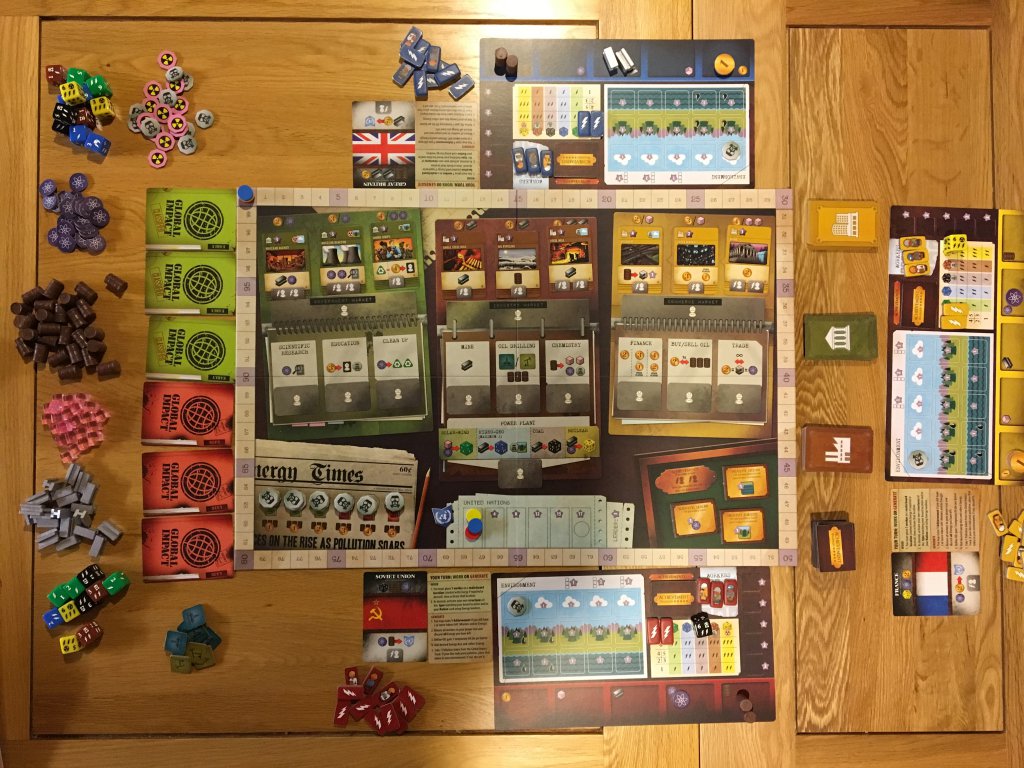
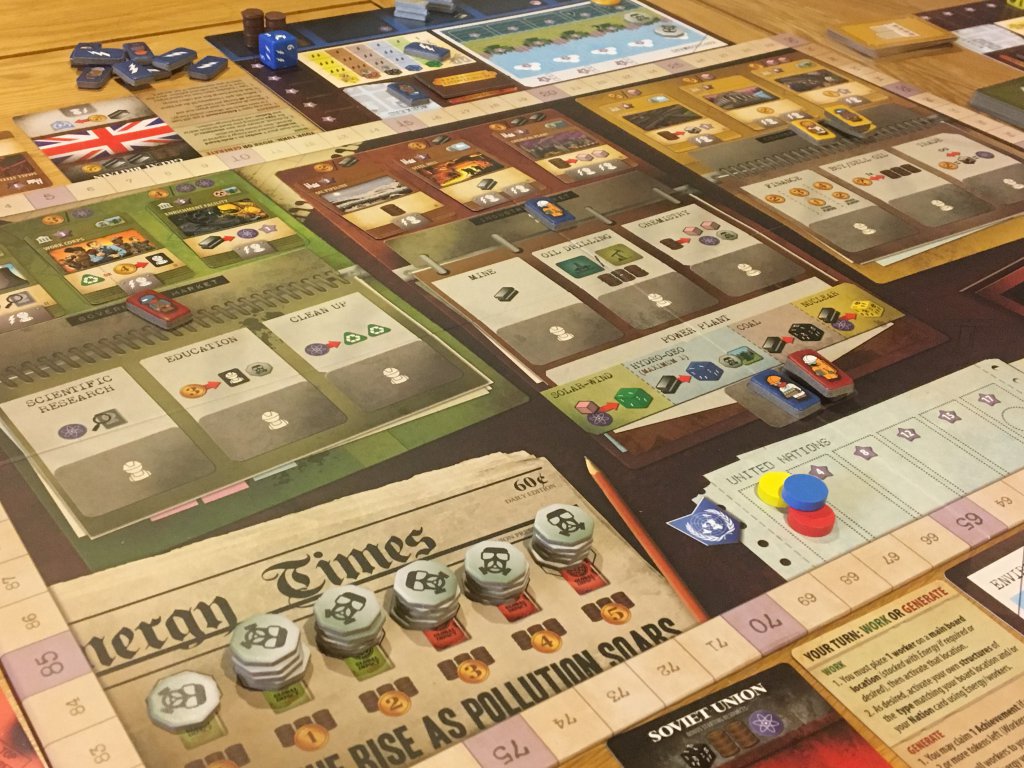
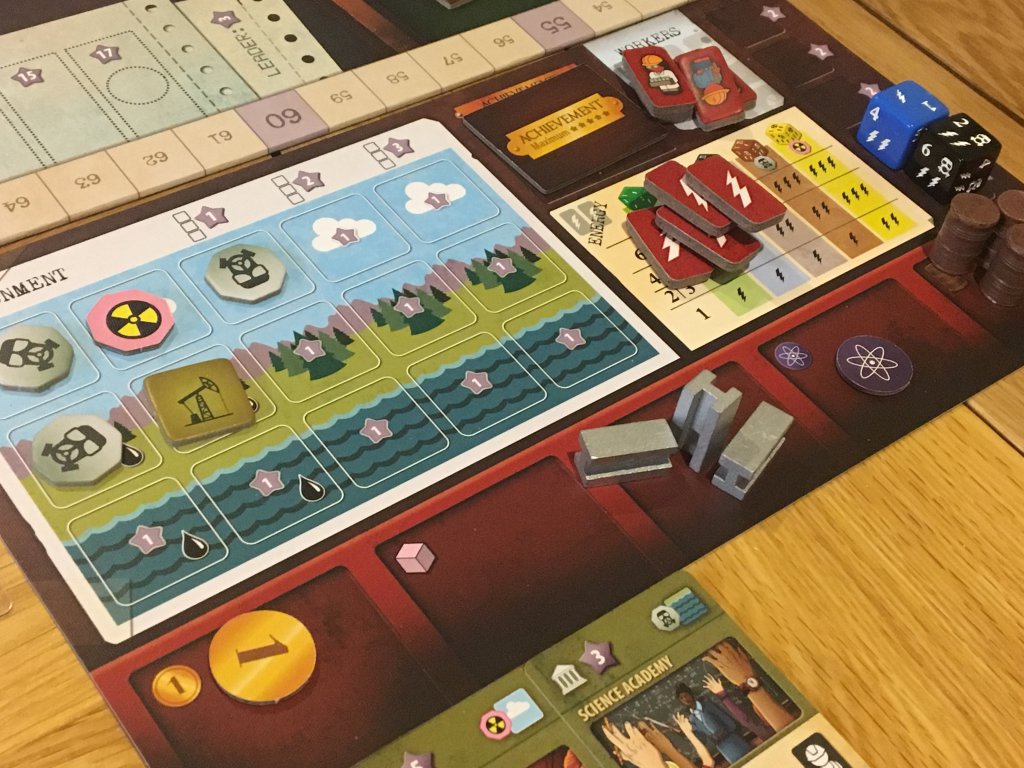
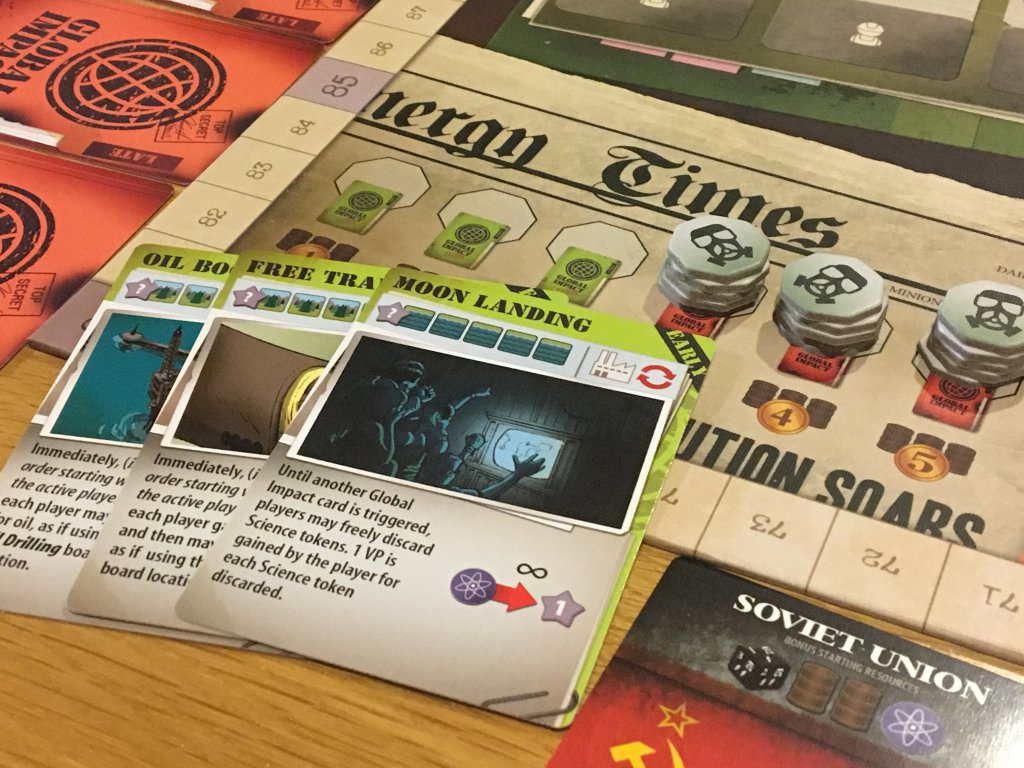
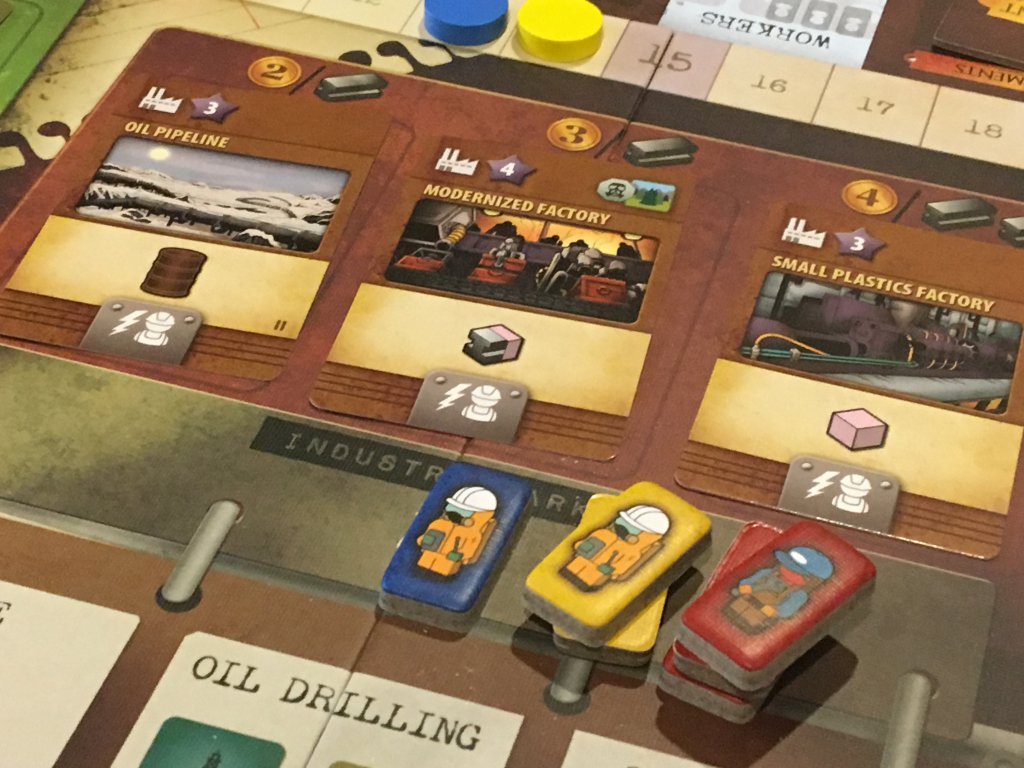
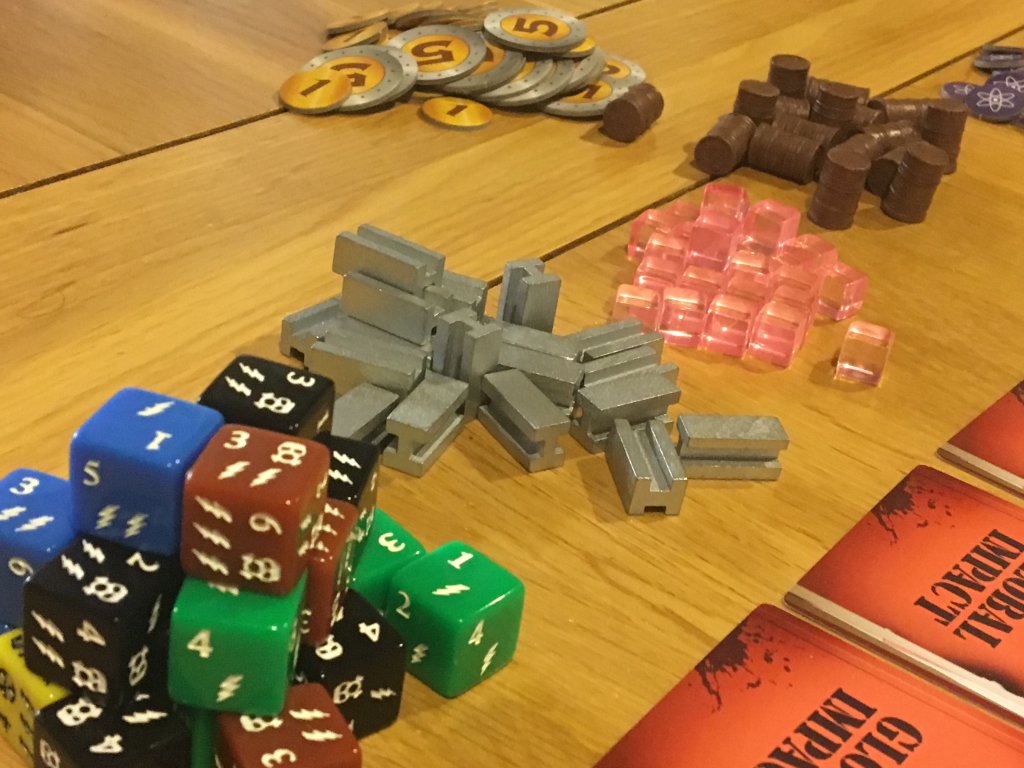
Comments are closed.